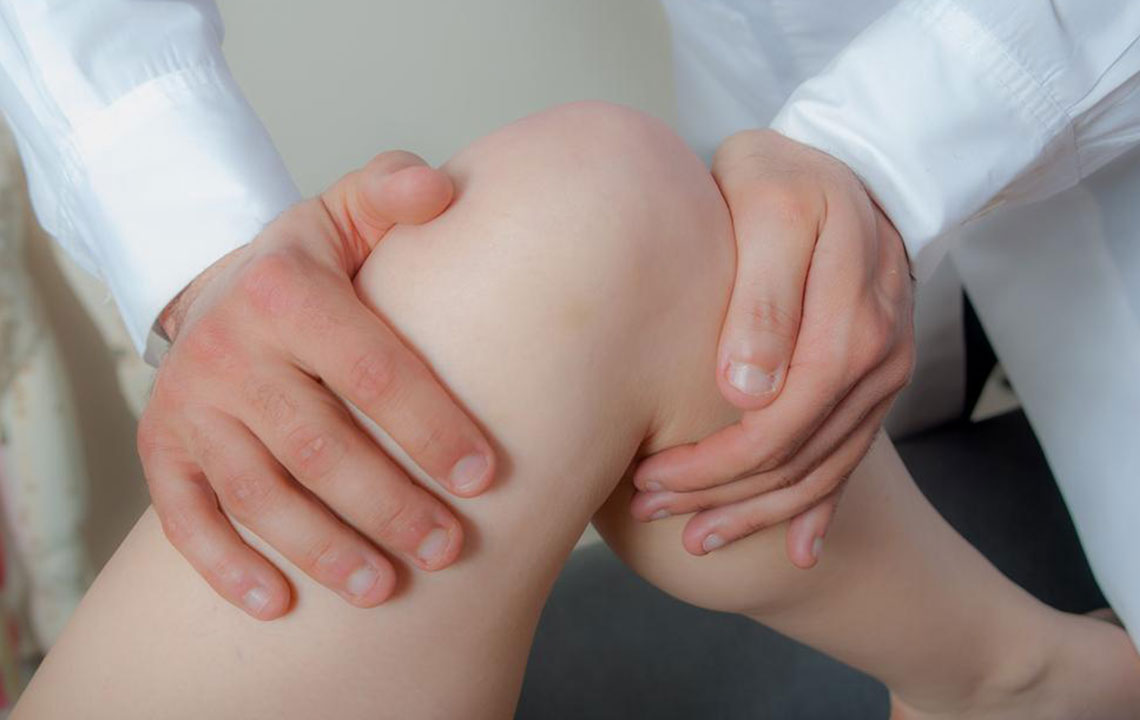Best Relief For Knee Pain
A sore knee is usually caused either as an aftermath of an accident or due to a prevalent medical condition. There are five prime components in the joint. Knee pain is usually the result of any of these parts getting affected.
- Bones
There are three of them connected by the knee joint. - Ligaments
They connect two bones. - Tendons
They join the bones to the muscles. - Cartilage
The tissue between two bones, they offer to cushion. - Bursae
They are fluid-filled pockets and the muscles connected at the knee
Medical conditions causing knee pain
Arthritis is one of the major causes of knee ache.

Other conditions include bursitis caused by inflammation of the bursae. Patellofemoral pain syndrome is the pain felt at the front of the knee. It is caused by excessive stress due to a high level of physical activity.
You can resort to the following steps for knee pain relief at home:
- Practice the PRICE
- Protect
Avoid further impact to the knee. You may wear a knee support for giving an extra cushion to the sore knee.
- Protect
Limit your movements and their intensity. This will give the knee enough time to recover.
Application of ice to the knee and area around it reduces inflammation. It is advisable to do so for 15 minutes two to three times a day.
Knee wrap or pressure bandages compress the area, reducing the inflammation.
Keep the leg propped up while resting or sleeping. It helps reduce the swelling.
Since obesity puts additional pressure on your knees, it is always beneficial to lose a few kilos when faced with a medical condition. If you are not a gym person, you can try walking for half an hour. Swimming is also a great way to lose weight.
- Get a soothing massage
Massage is a great way of getting knee pain relief. Massaging the knee is a pronounced medication for treating knee pain. Massaging helps blood flow in the knee area and provide it with warmth.
- Get sound sleep
Sleeping for eight hours is crucial for knee pain relief. You must talk to your doctor if you are unable to sleep. You can change your mattresses or try a different sleeping position to achieve satisfactory results. Take a warm bath before sleeping, it will help you relax sore muscles.
- Ensure proper support for your feet
Ensure proper support to your feet while exercising by making a habit of replacing your shoes often. Wearing knee braces or knee supports help offer additional support.
- Heat and cold therapy
You can alternate between warming the knee with a heat bag for 15 minutes. Next, apply a cool compress to the area. In the first day after an injury, it is advisable to use cold compress more often than heat. Heat treatment helps improve blood circulation in the affected area.
In a case of chronic knee pain, it is advisable to see a rheumatologist and get certain tests like an X-ray. For medical conditions, the following knee pain relief methods are applicable.
- Physiotherapy
Regular movement of the knee joint is necessary even if it is affected by a medical condition. Stagnancy can further deteriorate the situation. A physiotherapist designs the exercises appropriate for the underlying condition. These may include joint mobilization, muscle strengthening, or routines using instruments
- Radiation therapy
Application of radio waves on the affected region helps reduce the knee pain to a great extent. This is one of the most effective but unconventional techniques used for knee pain relief.
- Knee replacement
A knee surgery consisting of partial or total knee replacement comes in as an effective solution to relieving the pain.
- Arthroscopic surgery
It is a procedure performed using laser-guided cameras and a very narrow incision near the knee. Arthroscopic surgery is used to repair damaged cartilage or remove foreign bodies (in case of injuries from accidents).
Common medications for knee pain relief are as follows.
- Analgesics
They are drugs designed primarily for knee pain relief. Paracetamol is a popularly used analgesic. - Nonsteroidal anti-inflammatory drugs
They are used to reduce inflammation and pain. These drugs are easily available without a prescription. - Corticosteroid
It is a medication administered through injection and helps reduce inflammation - Viscosupplementation
It is therapy taken in the form of three to five injection to the knee taken weekly. It lubricates the knee and enables movement.

